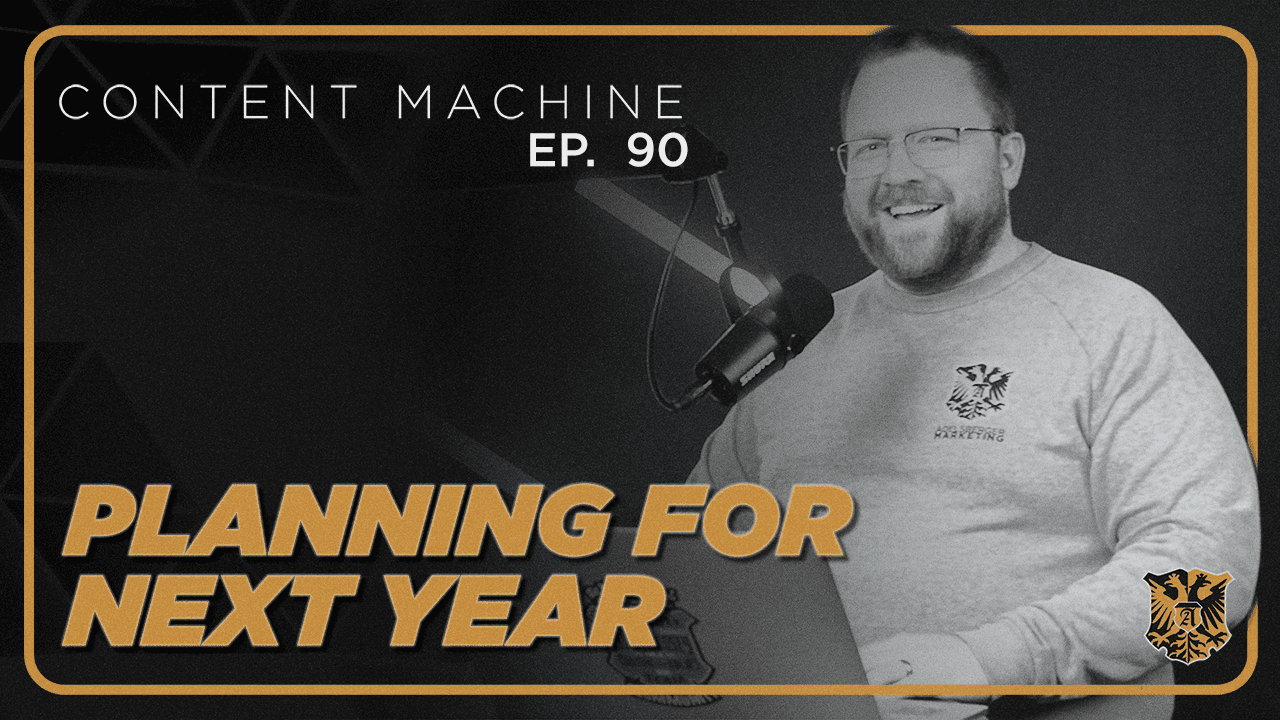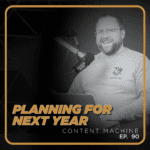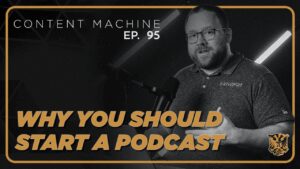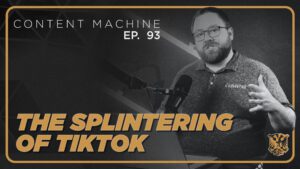
As we approach 2025, are you ready for the new year? Planning is critical for long-term success, and every year, I take time in the fourth quarter to map out our goals for the coming year. Today, I want to share a few thoughts on preparing for the next year of business. The first step I find is helpful is to review what happened this year. Take notes on what worked and what didn’t. I go back through my calendar to help me refresh my memory of events, clients, projects to help prompt my thoughts on ways to improve. Additionally, I want to examine key metrics like profitability, utilization, and revenue compared to the previous year to see if we’ve made any progress. Every year, our team evaluates our alignment with our mission statement. We break down our mission into four components: creative work, client success, team, and community. We go over these as a group to see how we did that in the last year. We also use the entrepreneurial operating system or EOS, which includes setting rocks or key projects that go above and beyond our day-to-day work at the company. At the end of each year, we review whether we met our yearly goals, which may include things like certain revenue, utilization targets, or projects like celebrating the company’s 10th anniversary that we did this year.
Our annual planning is also guided by our 10-year vision, which is maintained through the EOS system. This vision helps us define what each year should look like as we work toward the ultimate goal. After reviewing the past year, the next step is planning how to make further progress towards that 10-year vision. This involves setting targets for revenue, profitability, and utilization, broken down into monthly increments so that we can monitor progress closely. We also identify our rocks for the coming year. While some rocks may be added during the course of the year, I prefer to have a clear idea of our focus areas up front. During this planning phase, I gather feedback from our team on future rocks. In a flat team structure like ours, everyone helps contribute ideas. But if you have a leadership team, that might be just where you limit that input from. And sometimes, people on your team send you pictures of The Rock when you ask for rocks. Each fall, we review our organizational chart and consider growth trends in the business. I look to head to potential staffing needs and plan how responsibilities might be allocated to maximize our chance of success. This includes evaluating the current staff to see if their role should be adjusted to better meet our goals and their goals.
The end of the year is also an ideal time to assess whether our pricing aligns with our goals, whether driven by market conditions or profitability targets. We implemented a financial management checklist last year with reminders for key tasks throughout the year, ensuring that we’re handling the business side of things effectively. One takeaway this year is that I need a more detailed checklist for next year. So what are all the things that are part of the annual planning routine? Now, this planning season is shaped by what I’m calling Mission 2028. My goal by July My first, 2028, is to equip Adelsberger Marketing to operate independently of me for a full month. This would mean building a resilient organization with no single points of failure. Mission 2028 is a significant influence on our 2025 planning. Are you ready to plan 2025? Do you need support for your 2025 marketing strategy? We’d love to help. We have one or two spots open before the end of the year, so feel free to reach out to me at kevin@adelsbergermarketing.com if you’re interested. Thanks for listening to this Content Machine podcast. If you found this episode valuable, please share it with a friend, and don’t forget to subscribe for more information on small business leadership, marketing, and culture.





